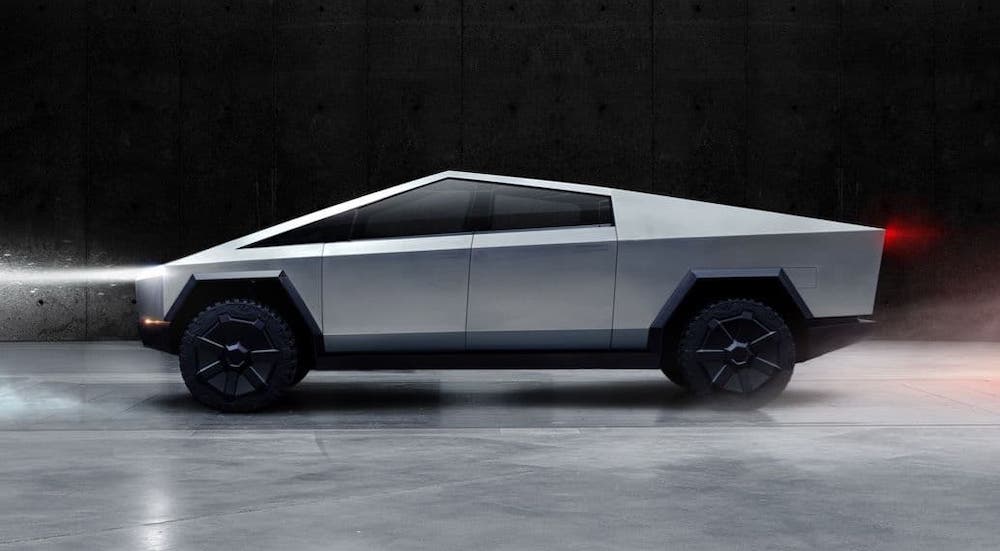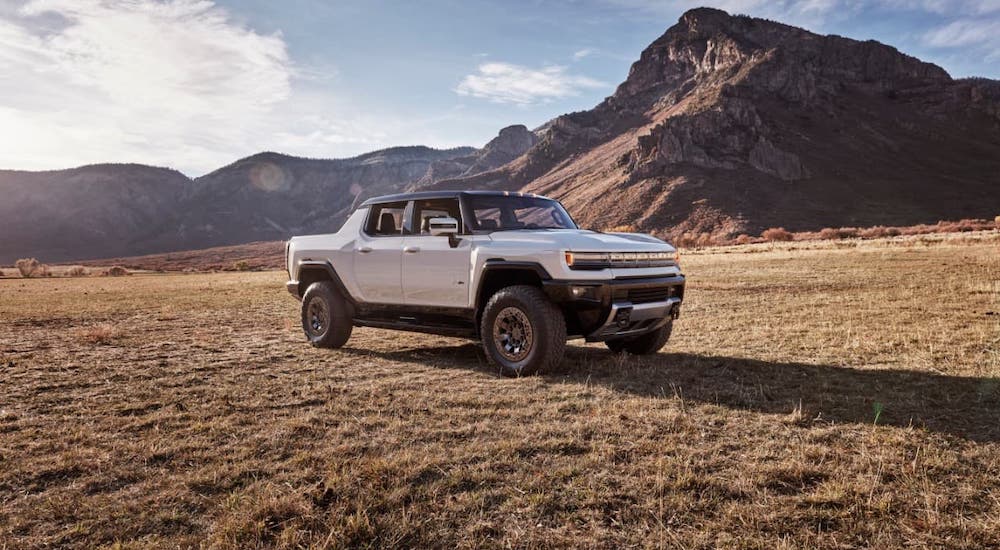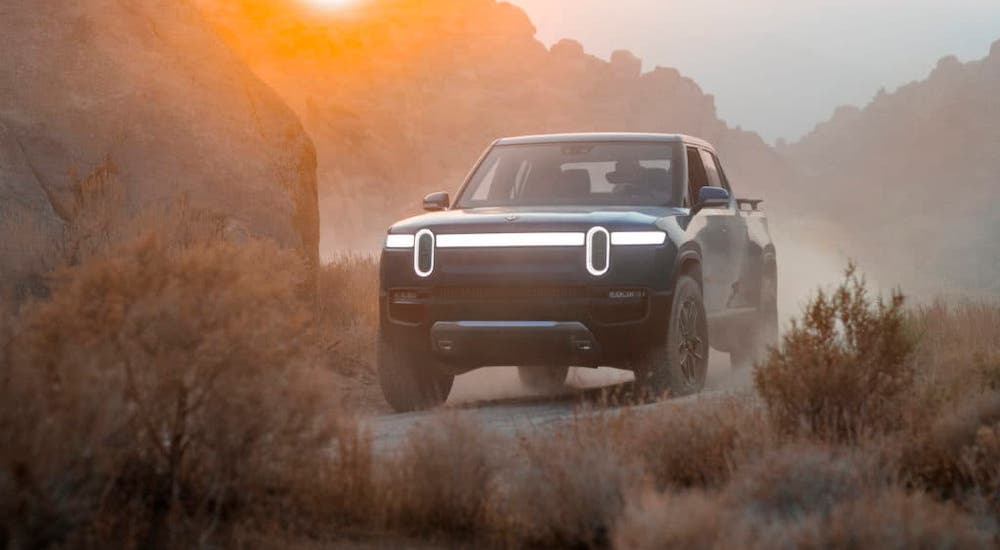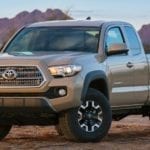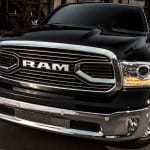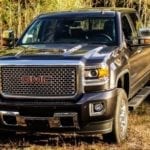Whether you like it or not, with each passing day, it seems more and more that the future of the auto industry is going to be electric. While EV cars make-up most of the market right now, there’s no denying that SUVs and pickups are a major part of the EV plans being plotted by auto manufacturers. There are some potential issues with this (we’ll consider some later on), but no matter how you look at it, numerous companies are all throwing their proverbial hats in the ring to become the leader in EV truck design.
Let’s take a look at what’s to come. A lot of these are only early announcements or barely more than a reveal at this stage, so this is much more of a preview than a review. That means that final specs and stats on any of these trucks could be different from what they have claimed so far. In other words: don’t rely on what we’ve heard to be absolutely accurate when some of these trucks roll out a couple of years from now. But, at least it’s something to go off of and make general estimates.
The Tesla Cybertruck
First up is the Tesla Cybertruck, the vehicle that many people consider largely responsible for the new focus on EV pickups. It’s not necessarily the first EV truck to ever be announced, but its announcement was a huge event that dominated the news cycle for at least a few days – though not always for good reasons. Tesla is certainly a company well known for doing things their own way, and the Cybertruck is probably the definitive example of that.
It’s a pickup that looks like no other truck on the road, with an angular design that evokes the DeLorean and a general 80s sci-fi aesthetic. That being said, the buzz around it is largely positive, and Tesla has said it will be able to tow more than 14,000 pounds and offer more than 500 miles of range on a full charge. Since Tesla compared it to the Ford F-150, that’s some serious towing capacity – though some people have been quick to point out that the Ford F-250 is a more accurate comparison.
The Ford F-150 Electric
Speaking of Ford, after Tesla showed off their Cybertruck and went head-on to compete with the best selling truck in America, Ford was quick to answer. Although we don’t have as many details about it as we do with the Cybertruck, Ford teased their own F-150 EV model after the Cybertruck was revealed. They showed off a prototype of their F-150 Electric towing a freight train loaded with 42 standard F-150 models that weighed one million pounds together.
As flashy as that is, I’m pretty sure the Ford F-150 Electric that eventually comes to market won’t have a one-million pound towing capacity. That being said, Ford has stated that it will be more powerful than any F-150 available today, with greater horsepower and torque thanks to its EV design. I hope that Ford will offer more details and specs for the F-150 EV later this year, so stick around for more info.
The GMC Hummer EV
Of all the EV trucks on the way, this is likely the first one you’ll actually see on the road since it should be released later this year. The return of the Hummer as an EV model, with a bold pickup design, has been very well received, and GMC really leaned into an off-road focus. Bragging that it has 1,000 hp and 11,500 lb-ft of torque, General Motors is relying on the Hummer EV as the new flagship for their coming electric lineup.
There’s definitely some impressive stuff on display with the Hummer EV, including a battery that offers more than 350 miles of range on a full charge. It features an Extract Mode that lifts it about 6-inches to help with rocky trails, as well as a Crabwalk function that lets it drive diagonally at low speeds to navigate tight spots. The launch edition is already sold out, but more versions, including an SUV model, are expected for the model year 2023.
The Chevy Electric Truck
Following not long after the Hummer EV, GM will go all-in with the EV pickup market when it releases an electric truck from Chevy. The Chevy Silverado has been a market leader for two decades now, so it’s no surprise that they’re looking to join in on the EV game. From what I’ve seen, it looks like the Hummer EV is GM’s first run on an electric pickup, and they’ll use what they learn from it in developing the Chevy model. Unfortunately, this is still at least a couple of years away, and the only goal Chevy officially announced was to have it to market before 2025. I feel like they’re keeping an eye on Tesla, Ford, and the others to see what customers are drawn to and using that to inform their own design, but we’ll see.
The Rivian R1T
Alongside the GMC Hummer EV, the Rivian R1T is expected to hit the streets this year, so it’s going to get a head start in the market. Rivian is an American startup company looking to add more competition to the growing EV market, and the R1T is their electric pickup. It’s sized somewhere between a traditional midsize and full-size pickup, which could hurt them or be an advantage depending on how people respond to it.
While its launch range will fall somewhere between about 200 and 300 miles, a future model coming next year will offer a range of up to 400 miles on a full charge. It’s expected to have a towing capacity of up to 11,000 pounds, and features like all-wheel drive and an adjustable air suspension are standard. This one will launch starting at $75,000, which is decent for an EV.
Other Models
While these are most of the big names, there are a few other models to keep an eye out for. The Lordstown Endurance is expected to start hitting the road late this year and early 2022, with solid performance and a reasonable starting price of $52k. While the Bollinger B2 has a very blocky design, it has a long bed and both rear and front tailgates that make it an attractive option. Finally, the Nikola Badger was a very promising option that has since lost some appeal – they had a deal with GM that fell apart, so the future of the Badger has become much more uncertain.
Concerns about EV Trucks
While I’m personally excited about the EV future of the pickup market, there are some concerns that people have with them. In general, the issues are going to revolve around the battery and range and how those are impacted by the design of a truck. For one thing, charging stations for EV models are currently designed for you to pull up, park, and plug-in for a charge. A large truck hauling a trailer behind it, however, cannot fit into these spots, so charging stations will need to add pull-through charging spots that trucks can use. While some stations have started experimenting with this, it’s not widespread yet and needs to be addressed quickly.
The other major concern for a lot of truck owners is the impact that towing will have on range. We see manufacturers brag about 300 or 400 miles of range and 11,000+ pounds of towing, but so far, they are pretty silent about range while towing. With a conventional engine, you can lose one-third or even one-half your normal range on a full tank of gas while towing a trailer – due to increased drag and the need for more power to pull it behind your truck. EV pickups won’t miraculously avoid that problem – so their range will also be significantly reduced while towing, and as long as charging takes 30 minutes or more, that’s a problem.
I have no doubt that these issues will be worked out over time, but the early adopters for EV pickups are going to have some interesting experiences. It will be fun to watch how this part of the market performs in the coming years as the models begin to actually hit the streets. Will this be the large step forward in green energy that we need to prove that electric power is better than gas? Only time will tell, and until then, we will simply have to enjoy the announcements and early models as they come.
